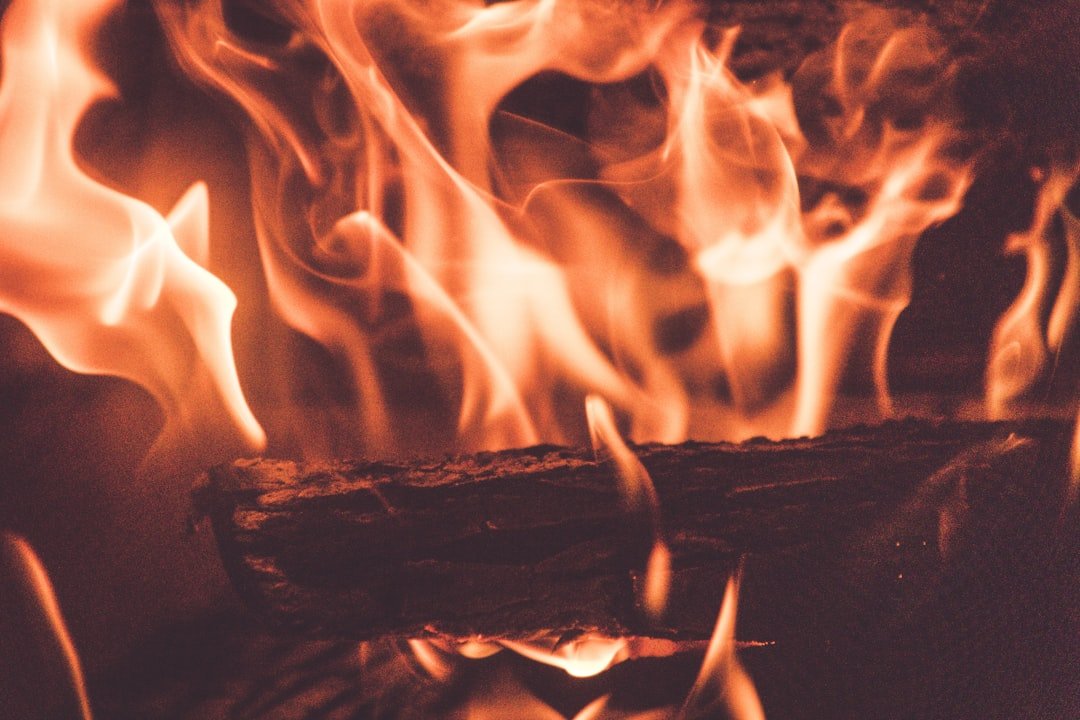
Undoubtedly, 2020 stands out as an unforgettable period, largely due to heightened awareness of personal protection amid the ongoing COVID-19 outbreak. This has prompted a surge in interest for protective apparel among those who previously overlooked it, emphasizing the critical role of safeguarding oneself in everyday scenarios.
Yet, beyond the current health crisis, the demand for Fire Resistant (FR) clothing remains a constant in various professions, driven by inherent workplace risks. Before exploring the key safety benchmarks that such garments must adhere to, it’s helpful to examine the specific types of attire involved and the key sectors where they are indispensable for worker safety.
Who Wears FR Clothes?
Often overlooked in modern discussions, the origins of durable workwear like denim jeans trace back to providing robust protection for ranch hands and riders, highlighting a long history of functional clothing in hazardous environments.
The FR apparel in focus here is specifically engineered to shield individuals from fire-related threats, as mandated by industry regulations in numerous fields. For instance, in construction, the risk of dust-induced explosions makes such gear essential, while railroad workers and operators of heavy machinery face similar dangers on a daily basis.
In the oil sector, FR clothing is a standard requirement for nearly all personnel to mitigate fire hazards, and similar precautions are vital in paint production and pharmaceutical facilities, where flammable materials are commonplace. Additionally, professionals handling electrical systems should prioritize this protective wear to avoid severe injuries. If concerns about aesthetics and comfort arise, options like the stylish shirt collection from FR Outlet demonstrate that high-quality, professional-grade uniforms can be both affordable and compliant, offering a practical choice for corporate settings without compromising on safety.
FR Clothes Safety Standards
Navigating the complexities of FR clothing certifications can be challenging, so a quick overview of major standards is worthwhile. Take OSHA 1910, for example, which outlines employers’ obligations to ensure a secure work environment through appropriate protective equipment—many products, such as those from the retailer mentioned, not only meet but often surpass these guidelines, providing an extra layer of assurance.
Another key benchmark, ASTM 1506, focuses on a garment’s ability to endure arc flash events, which are frequent in electrical work and can cause significant harm. This standard demands that fabrics resist melting or dripping and retain their protective qualities through at least 25 wash cycles, ensuring long-term reliability. Garments often feature ‘Arc Thermal Performance Values’ to indicate their protective capacity, offering users a clear measure of defense. Standards like NFPA 70E also address arc flash risks, alongside others that collectively emphasize a garment’s capacity to withstand brief flash fires, thereby minimizing burn injuries by maintaining integrity during critical moments.
Ultimately, adhering to these rigorous criteria is non-negotiable for effective protection, and the apparel lines we’ve reviewed consistently align with or exceed them, making them a reliable option for those in high-risk roles.
Further Safety Requirements
No fabric offers absolute immunity from fire, as even top-tier FR shirts are designed to provide protection for a limited duration against specific heat levels. According to industry data, materials typically handle exposures up to several seconds at temperatures exceeding 500 degrees Fahrenheit, depending on the product.
Before making a purchase, always review the manufacturer’s detailed specifications to select gear that balances style, functionality, and safety. This approach ensures individuals remain as secure as possible in potentially perilous work environments, fostering a culture of preparedness and risk mitigation.
